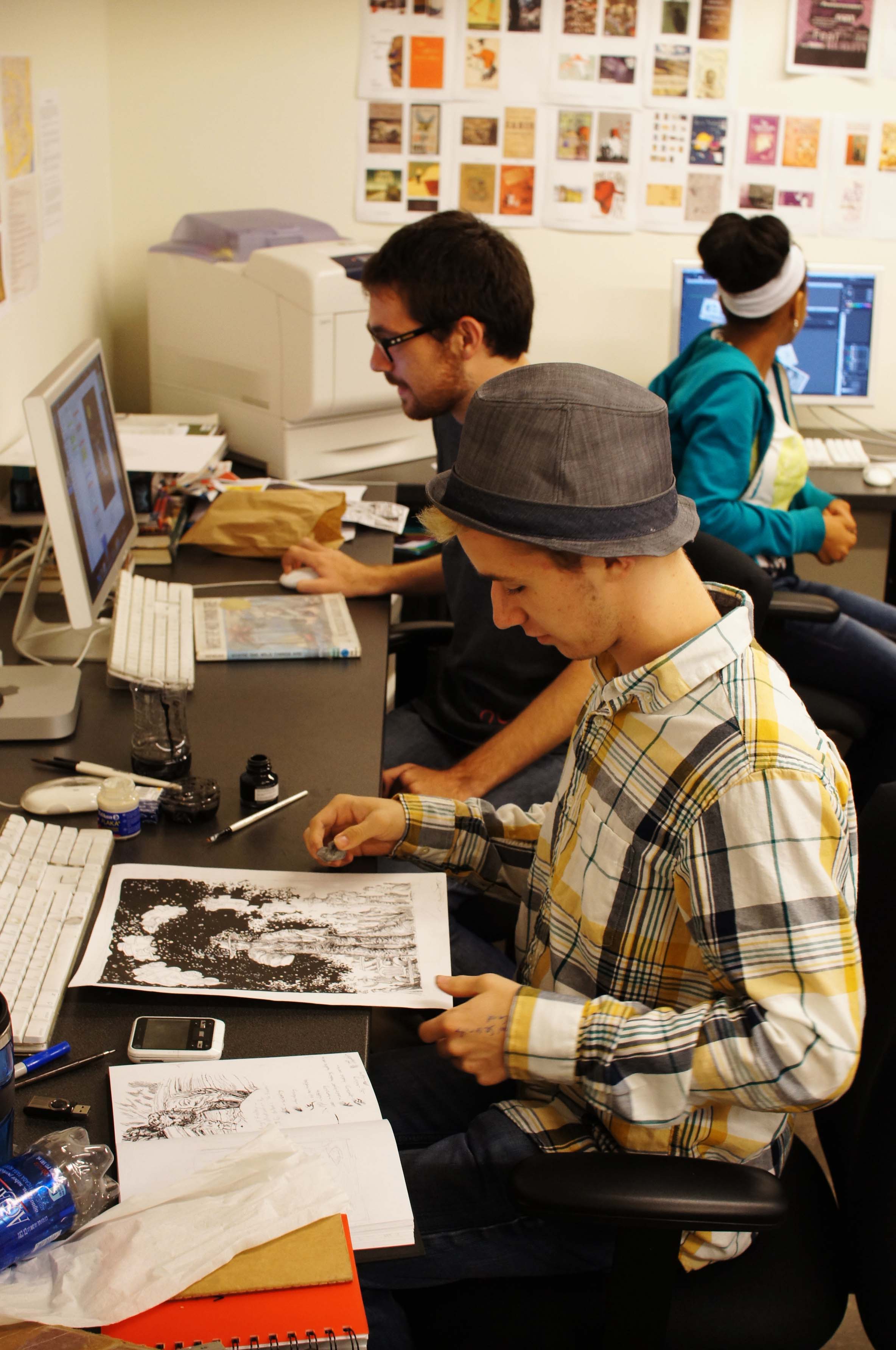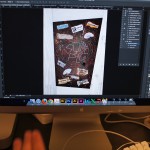In January 2013, Cincinnati City Council voted to ban advertising on public right-of-way. The idea was to rid the city of all those bus bench billboards and other seemingly unsightly ads, but what the ordinance also did was force the removal of advertisements at all bus shelters throughout the city.
In a classic case of unintended consequences, City Council actually may have made the public right-of-way less attractive by making bus shelters to appear as abandoned and leaving scared sidewalk spaces where bus benches once sat.
The situation surrounding the bus shelters was so bad, in fact, that Downtown Cincinnati Inc. (DCI) found, through their annual safety perception survey, that individuals had a negative perception of safety around bus shelters.
While some viewed it as a misstep, ArtWorks and the Southwest Ohio Regional Transit Authority (SORTA) saw it as an opportunity to do something different.
Later this month, Cincinnatians will see the former ad space at 24 of these bus shelters, throughout Downtown and Over-the-Rhine, re-purposed as a canvass for local artists. The specific end product will include varied artistic styles all portraying some work of literature.
“Through this collaborative partnership between ArtWorks, SORTA, the Main Library, and DCI, these twelve bus shelters will receive a playful face-lift and add to the public art vibrancy in our central business district,” explained Cait Barnett, Marketing Manager at ArtWorks.
Barnett went on to say that SORTA will clean and paint the shelters and that the lead artist for ArtWorks, Ryan Little, and youth Apprentices between the ages of 14 and 21 will design graphic prints for the empty spaces.
The literary designs, ArtWorks officials say, were determined by the community through a public survey conducted by the Public Library of Cincinnati through June 30. Those literary inspirations came from the following pieces of work:

- Roots: The Saga of an American Family by Alex Haley
- Harry Potter and the Order of the Phoenix by J.K. Rowling
- Moby Dick by Herman Melville
- Six Dinner Sid by Inga Moore
- Harold and the Purple Crayon by Crockett Johnson
- Great Expectations by Charles Dickens
- The Color Purple by Alice Walker
- Where the Wild Things Are by Maurice Sendak
- Alice in Wonderland by Lewis Carroll
- Dracula by Bram Stoker
- Charlie and the Chocolate Factory by Roald Dahl
- Flat Stanley by Jeff Brown
- The Odyssey by Homer
- The Diary of a Young Girl by Anne Frank
- The Man in the Iron Mask by Paul Mantell
- Charlotte’s Web by E.B. White
- The Scarlet Letter by Nathanial Hawthorne
- Adventures of Huckleberry Finn by Mark Twain
- The Hitchhiker’s Guide to the Galaxy by Douglas Adams
- The Wonderful Wizard of Oz by L. Frank Baum
- Rainbow Fish by Marcus Pfister
- The Tortoise and the Hare by Aesop
- Tao Te Ching by Lao Tzu
- The Grapes of Wrath by John Steinbeck
The Metro Art Shelters project has also been championed by the Downtown Residents Council (DRC), who is hoping to raise $5,000 for public art throughout Downtown. Those interested in giving to the project can do so through the DRC’s power2give webpage.
According to ArtWorks, all donations will be matched dollar-for-dollar by The Johnson Foundation.
Learn more about power2give in our recent podcast with Greg Lutz from ArtWorks and Laura Belcher from power2give, who was kind enough to call in to the show from Washington D.C.






